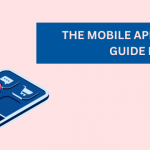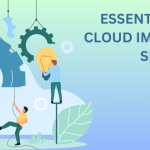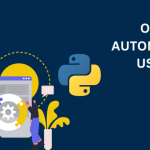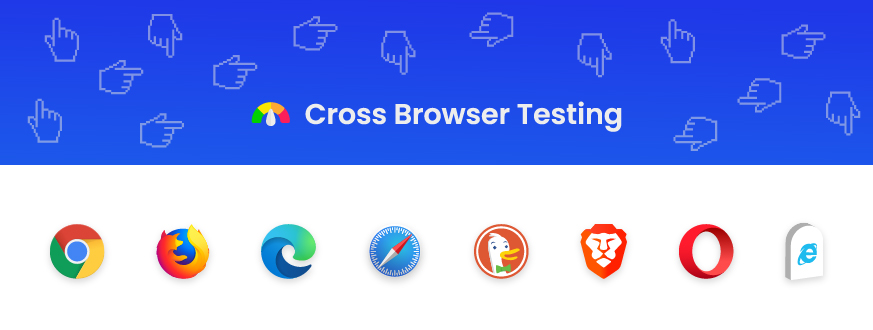Secondary – User Stories in Agile Development
The user story plays a significant tale in the agile development approach to add the end user’s perspective to the software development. When used in its full capacity, Use Story leads to more customized, need-specific, and result-driven software development.
If you’ve already made most of these User Stories, congrats, as you must be creating work-of-art software. And, if you’re still unaware of its potential, read this post to find out what all you’re missing in your software development process.
User Stories – The Step To Take Towards Perfect Software Development
Before we talk about the importance of user stories in agile development, let’s talk about it. It’s a short and crisp description of features or utilities that the end-user or client expects out of the final product.
It helps a developer to understand what the client is seeking in the software and allows the developer to shape the development according to the needs and expectations.
Unlike long requirement descriptions, user stories are very short and talk to the point. If the standard pattern is considered, an ideal user story is the one that answers three key questions:
- Who is asking for the software?
- What is expected out of the software?
- Why is it important, or what are the benefits that are anticipated?
Have a look at the user stories in the agile development sample.
As a project manager, I want a team collaboration app to be able to promote cloud file sharing so that my teammates can exchange crucial information easily.
From the above example of a user story, it’s easy for a developer to understand who is expecting what from the software because of which reasons. While development begins, the developer keeps these pointers in mind and makes sure that the delivery product is equipped with all the described qualities.
How to Write User Stories in Agile: The 03 C’s and User Stories in Agile Examples
Why Make User Stories a Part of Agile Development?
Now that the meaning of user stories in agile development is clear, it’s time to understand its importance and why agile development shouldn’t start without it.
-
User Stories Make Requirements Clear
A directional development process is the best process, and developers know where they have to reach and what the product should look like. Usually, clients offer a project brief, which is often long and may contain redundant information.
On the contrary, user stories don’t beat around the bushes and talk about what matters the most. When user stories in agile development are provided, developers have a chance to delve deeper into the clients’ expectations without wasting much time and investing heavy efforts. This way, development becomes focused and directional.
-
It’s easy to understand what all features should be a part of a Software
In the sample user story, the project manager wants the communication app to be able to perform cloud file sharing. From this, a developer can easily figure out which features should be included in the software.
The software should be able to import/export files from cloud spaces, share them with saved contacts, convert the format of the file for easy sharing, and many other capabilities.
The developer will start including integrations and functions based on all these conclusive capabilities. This makes development effortless. When developers have no idea what features to include and what not. In this case, nothing but confusion happens, and developers have to work hard to perfect the development.
-
It leads to improved customer Satisfaction
What motivates agile developers to give their 100% to the development? It’s continual sales and revenue. Of course, all developers want to make money using their skills and expertise. To make this happen, customer satisfaction is very important. When satisfied customers spread positive word of mouth and come back for other projects.
As user stories in agile development provide clarity on customer expectations, higher customer satisfaction is certain. Developers have an idea of what clients want and keep those requirements at the pivot of the development process. It leads to a product development that is exactly the way customers pictured. It makes customers more content and satisfied.
-
Fewer redo and reviews
With user stories, developers have a clear vision of a conclusive product in their minds, and they move accordingly. This leads to fewer reviews and redo. Most of the time, first-time development is perfected and impresses the client.
-
It promotes an effective work environment.
For a developer team, it’s easy to work on a project when all the teammates are aiming at one goal. User stories convey the same message to different teams and make all the members work towards the same goal. They all know what they have to achieve in the end. This creates a conducive and collaborative work ecosystem that brings gratifying results. It also creates less friction within the team.
From the above text, it’s clear that user stories in agile development are a win-win situation for both the clients and developers. But, this is going to happen only when user stories are perfectly written and convey the essential message in clear words.
User Stories in Agile – The INVEST Principle of Perfect User Story
As per industry standards, the ideal user story is the one that is based on INVEST principle that goes as –
Independent – A user story shouldn’t be dependent on others
Negotiable – It should include the ‘important’; avoid the contract.
Valuable – The user story should bring ideal value to customers
Estimable – The facts included should be able to estimate
Small – The user story should be small and crisp
Testable – It must be created on the bases of pre-defined acceptance factors
Create your user stories based on the INVEST principle, and we’re certain that you’ll be able to have a seamless and directional agile development process.
Concluding Words
A crisp and well-written user story in agile software development is enough to lead a result-driven development process. It’s beneficial for both developers and clients as both parties are aligned with the other’s vision of the software development. Hence, make sure that this is a part of your agile software development without any exceptions.















Get in Touch